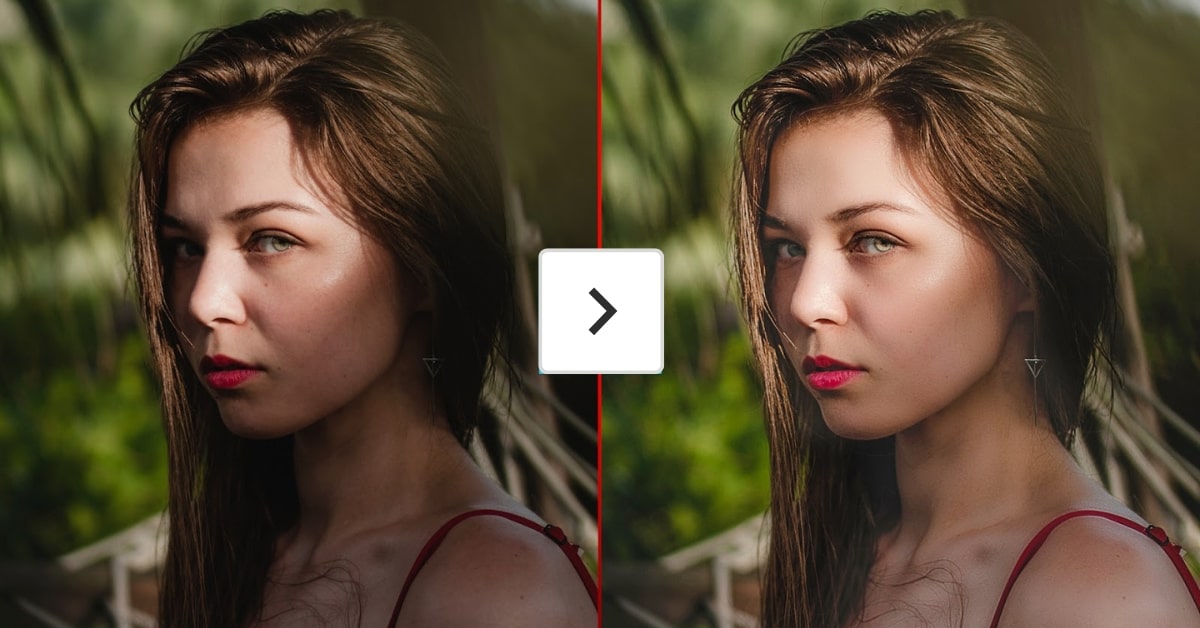Capturing the perfect photograph can sometimes be hindered by unwanted shadows on the face. Whether caused by harsh lighting conditions or other environmental factors, these shadows can distract from the beauty of the moment. This article explores the significance of removing shadows from photos, methods employed, and answers to frequently asked questions for achieving flawless facial images.
Understanding the Importance of Removing Shadows on Faces
Shadows on the face can obscure facial features, create unflattering contrasts, and diminish the overall appeal of a photograph. Removing these shadows is crucial for highlighting the subject’s natural beauty, revealing facial expressions, and ensuring a polished, professional look.
Methods for Removing Shadows on Faces
- Adjusting Lighting During Capture:
- Natural Light: Opt for soft, diffused natural light to minimize harsh shadows.
- Artificial Light: Position artificial lights strategically to eliminate facial shadows.
- Post-Processing Techniques:
- Dodging and Burning: A selective adjustment technique to lighten or darken specific areas of the face.
- Clone Stamp Tool: Removes shadows by copying adjacent, well-lit areas to shadowed regions.
- Adjusting Highlights and Shadows: Fine-tuning these settings to balance the overall lighting in the photograph.
- Use of Reflectors:
- Utilize reflectors to bounce light onto the shadowed side of the face, creating a more even illumination.
Advantages of Removing Shadows on Faces
- Enhanced Facial Features: Removing shadows allows for a clear and detailed representation of facial expressions and features.
- Professional Aesthetics: Portrait photos with even lighting contribute to a polished and professional appearance.
- Improved Emotional Impact: Shadows can alter the perceived mood of a photo; removing them ensures the accurate conveyance of emotions.
FAQs
Can I use smartphone apps to remove shadows from face photos?
Yes, several photo editing apps offer tools to adjust lighting and remove shadows, but professional editing software often provides more precise control.
Are there specific camera settings to prevent shadows on faces during photography?
Yes, adjusting exposure settings, using a lower ISO, and controlling the direction of light can help minimize shadows during the photo capture.
What is the best software for post-processing to remove shadows on faces?
Adobe Photoshop, Lightroom, and other advanced photo editing software provide robust tools for shadow removal and facial enhancement.
Can removing shadows alter the authenticity of a photo?
While removing excessive shadows is common, maintaining a natural look is essential to preserve the authenticity of the image.
Conclusion
In conclusion, the removal of shadows on faces is an art that combines thoughtful photography techniques and skillful post-processing, resulting in captivating and authentic portraits.
This page was last edited on 24 February 2024, at 10:41 am
